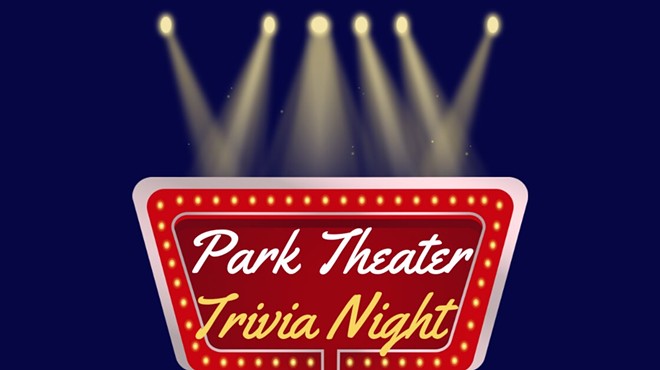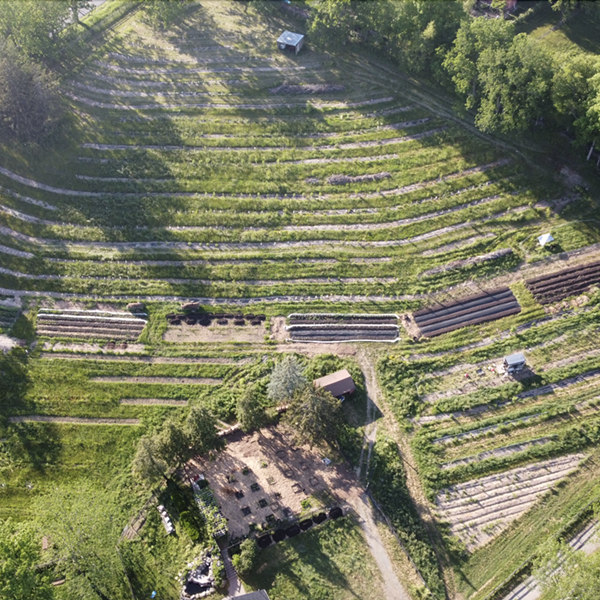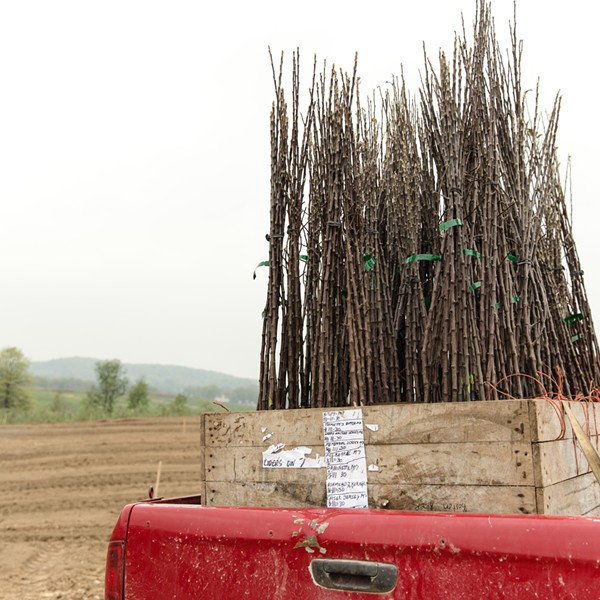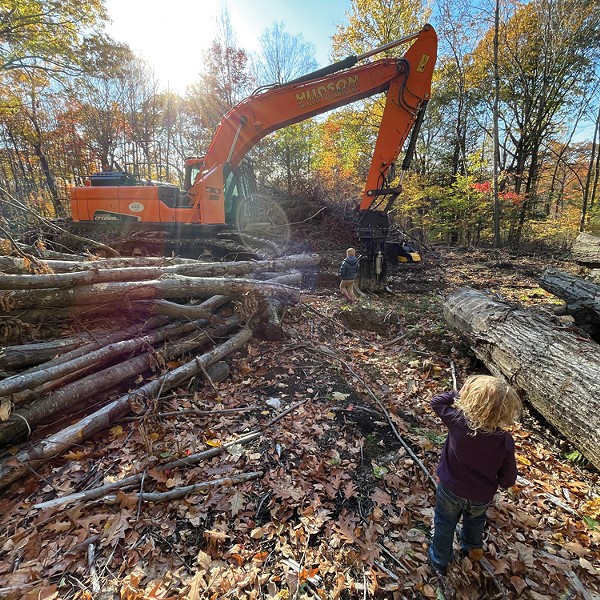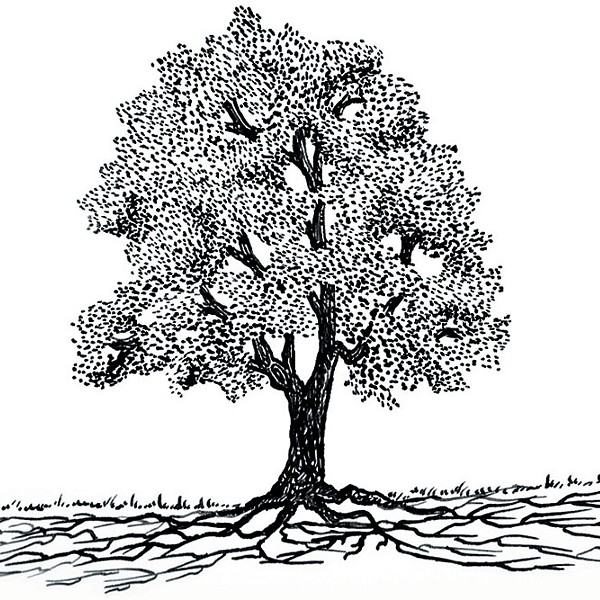"When from the distant past nothing remains, after the beings have died, after the things are destroyed and scattered, still, alone, more fragile, yet more vital, more insubstantial, more persistent, more faithful, the smell and taste of things remain poised a long time, like souls, ready to remind us, waiting and hoping for their moment, amid the ruins of everything else; and bear unfaltering, in the tiny and almost impalpable drop of their essence, the immense architecture of memory." —Marcel Proust, Remembrance of Things Past
Proust had his madeleine, the cookie that crumbled in his tea and released the legendary flood of memories in his masterwork. Walking through the park one August morning, I spotted a catalpa tree. The sight of its enormous dangling green beans was enough to send me tumbling through the years till I spilled out on the lawn of my childhood home, a boy again, underneath the massive leafy crown of the catalpa I knew growing up.
There are two species of the tree in North America, the Southern catalpa (catalpa bignonioides) and the Northern catalpa (catalpa speciosa). The trees are very similar in appearance, though the Southern trees' flowers are more purple, and the Northern species is slightly larger, growing up to 100 feet tall. The name catalpa comes from the Creek word for the tree, kutuhlpa, meaning "winged head"—a full grown catalpa in bloom looks like an elaborate candelabrum, its white blossoms amidst big heart-shaped leaves. When the blossoms fall, the ground looks like it's covered in snow.
Also known as the "cigar tree," it's the catalpa's seed pods that are its signature feature. Long and thin as drumsticks, the pods of the catalpa stay on the tree long after its leaves fall, creating a wind chime of dried husks in the late fall, often the last rustling of the year in the treetops.
The catalpa on the grounds of the ancestral Mahoney estate in Queens where I grew up reigned over the side yard. Planted just at the turn of the 20th century (I'm guessing), it is the largest specimen of its type I have ever encountered, and had to be over 100 feet tall and five feet wide at the base, much taller than the maples and oaks that lined the sidewalk on either side. My friends and I staged swordfights with beans we pulled off the lower branches, whipping each other with our amazingly resilient vegetal épées until we descended into ripping off all the beans we could reach and simply flinging them at each other until someone got hurt or we grew exhausted. (This tactic was also employed in our horse chestnut battles, with chestnuts stolen from Mr. Garvey's yard and pried free from their spiny exteriors to be used as hand-fired ammunition. Someone usually went home crying from these fights, either with a welt on the forehead or a deep bruise on the back obtained after a block-long pursuit through a dozen backyards and a plea for mercy.)
As a child, the beans seemed literally marvelous. They were a marvel, something otherworldly. None of the other trees had anything close to these foot-long seed sticks. (And no one else in the neighborhood had a catalpa tree. We might have had the only one on Earth for all I knew of my tiny world.) The beans were like something out of prehistoric times, akin to the horseshoe crabs we'd vex and harass at low tide on Little Neck Bay.
We pretended to smoke the beans like cigars, too, imitating characters we were aware of—stock characters from black-and-white films like W. C. Fields, comic book hero Sgt. Rock, General George S. Patton, and most of all, Clint Eastwood of the spaghetti Western films. We all wanted to be Clint Eastwood. Joey DiSimone lived down the block and was held in high esteem for his ability to whistle, impeccably, Ennio Morricone's main theme for The Good, the Bad, and the Ugly.
As you might imagine, we fought a lot about who would get to play the Good, the Bad, and the Ugly. Joey, also known as "The World" for his impressive girth in a pre-rampant-childhood-obesity era, despite his elevated status, would often be stuck playing "the Ugly." Joey became so incensed at his ongoing typecasting one day that he started to chase Tommy Flynn, who was teasing him, around the yard. But before I continue with Joey's attempt to throttle Tommy, you should know a couple things about Tommy.
Tommy Flynn was the youngest of eight kids and lived right across the street from me. We were sort of best friends when we were kids: great pals one day, rock-throwing mortal enemies the next. Tommy was a couple of years younger than the rest of the kids on the block but had more spine than any of us given his being the youngest in his family. He took a lot of physical and emotional grief from his older brothers and it toughened him up. It also turned him into a stellar athlete, having to play one-on-one basketball against his brothers all the time. In our group, Tommy was the fastest on his feet and with his mouth. He could cut you down with a stinging verbal jab and run away laughing, knowing you'd never catch up to him.
Back to the chase: Joey was lurching after Tommy and Tommy was putting on a good show of it, letting Joey stay just close enough to him to keep it interesting, but everybody knew Joey didn't have a chance and he'd eventually just tire and sit down and we'd then get on with our reenactment of our beloved Clint Eastwood film. Joey and Tommy did a couple more laps around the catalpa's tire swing, Tommy running backward and taunting Joey the whole time, Joey's face a combination of anger, exertion, and hurt. Tommy then slipped and fell, caught himself with one hand, and realized that Joey was about to be on top of him, administering his patented one-man Malachi Crunch. Tommy bolted upright and turned around in one swift movement and ran headfirst into the catalpa. It knocked him out cold for a full minute, and we all stood over the amazing Tommy Flynn flat on his back, an egg growing in his temple. Somebody shook Tommy awake and he walked home in a daze. The rest of us did too, unsure what penalty might be awaiting us if Tommy was really hurt.
Tommy turned out fine and went on to set a single-season scoring record for basketball at his high school. I don't know what happened to Joey, or any of the other kids on the block with great names—Jimmy Saia and Pat Donohoe and Nick Barbagallo and Chris Leyendecker. I wonder what they think of when they see a catalpa tree.










